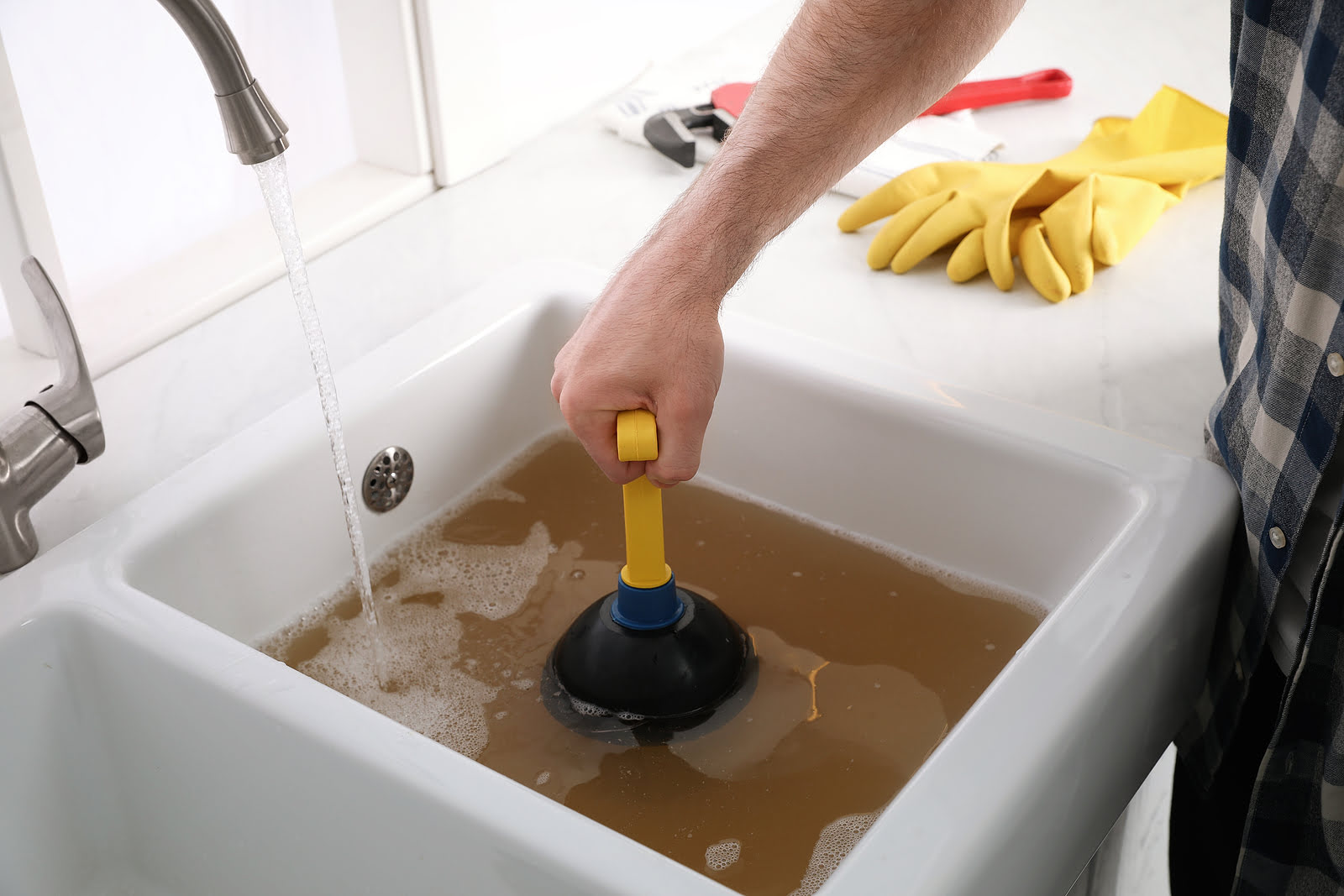

Articles
How To Drain Clogged Sink
Modified: August 28, 2024
Learn how to effectively unclog a sink with these informative articles. Find step-by-step guides and expert tips to tackle your clogged sink.
(Many of the links in this article redirect to a specific reviewed product. Your purchase of these products through affiliate links helps to generate commission for Storables.com, at no extra cost. Learn more)
Introduction
A clogged sink can be a frustrating and inconvenient problem to deal with. Whether it’s a kitchen sink filled with grimy water or a bathroom sink that refuses to drain, it’s important to address the issue promptly to prevent further damage and restore proper functionality to your sink. In this article, we will explore how to effectively drain a clogged sink and provide you with some useful tips for prevention.
Understanding the common causes of a clogged sink is essential in addressing the problem effectively. One of the main culprits is the accumulation of debris such as food scraps, grease, hair, soap scum, and mineral deposits. These substances can build up over time in the drainpipe, creating a blockage that limits or prevents water from flowing freely.
Assessing the severity of the clog is the next step in tackling the issue. Is the water draining slowly or not draining at all? This will determine the level of intervention needed on your part. Minor clogs can often be resolved using DIY methods, while more stubborn clogs may require professional assistance.
Before you start the unclogging process, gather the necessary tools and materials. This will save you time and frustration during the procedure. Common tools include a plunger, a plumber’s snake or drain auger, and a pair of rubber gloves. Additionally, consider having baking soda, vinegar, and boiling water on hand, as these household items can be effective in removing minor clogs.
Now that we have a basic understanding of the causes and severity of a clogged sink, let’s dive into the step-by-step guide to draining a clogged sink. This will help you navigate through the process with ease and confidence, ensuring a successful outcome.
It’s important to note that while the following steps are generally applicable to most clogged sink scenarios, the specific methods may vary depending on the type of sink, material, and severity of the clog. Always refer to the manufacturer’s guidelines and exercise caution when attempting any DIY repairs.
Key Takeaways:
- Regular maintenance and proactive measures, such as using drain covers, disposing of food scraps properly, and educating household members, can significantly reduce the risk of clogged sinks. Prevention is key to avoiding the inconvenience of dealing with clogs.
- When facing a clogged sink, having the right tools and knowledge is essential. From using a plunger or drain snake to trying baking soda and vinegar, there are various effective methods for unclogging sinks.
Read more: What To Do If The Sink Is Clogged
Understanding the Common Causes of a Clogged Sink
A clogged sink is usually the result of various materials and debris that accumulate in the drainpipe over time. By understanding the common causes of a clogged sink, you can take proactive measures to prevent future blockages.
One of the primary culprits behind a clogged sink is the buildup of food particles and grease in kitchen sinks. Even small remnants of food washed down the drain can accumulate and form a sticky mass that restricts water flow. Grease and oils solidify when they cool down, further contributing to the clog. To prevent this, it’s essential to scrape food scraps into the trash before washing dishes and avoid pouring grease down the drain. Instead, collect grease in a container and dispose of it in the garbage.
In bathroom sinks, hair is often the main cause of clogs. As we wash our hair, loose strands can easily find their way into the drain, where they combine with soap scum and other debris, creating a tangled mess. Installing a drain cover or strainer can help catch hair before it enters the drainpipe, significantly reducing the risk of clogs. Regularly cleaning the drain cover is also recommended to prevent buildup.
Mineral deposits are another common cause of a clogged sink. Over time, minerals present in the water, such as calcium and magnesium, can build up on the inner walls of the pipes, narrowing the passage for water flow. This is especially common in areas with hard water. Regularly using a descaling agent or vinegar solution to remove mineral deposits can help prevent clogs caused by this issue.
In some cases, a clogged sink may be a result of a more serious plumbing problem. Issues with the main sewer line or a collapsed pipe can cause multiple drains in your home to become clogged simultaneously. If you experience this, it’s crucial to contact a professional plumber to assess and resolve the issue.
By understanding the common causes of a clogged sink, you can take proactive measures to prevent clogs from occurring. Regular maintenance, such as using drain covers, cleaning the drain regularly, and being mindful of what you allow to go down the sink, can go a long way in avoiding the frustration and inconvenience of a clogged sink.
Assessing the Severity of the Clog
Before diving into the process of draining a clogged sink, it’s important to assess the severity of the clog. Understanding the level of blockage will help determine the appropriate steps and tools needed to resolve the issue effectively.
One of the first signs of a clogged sink is slow drainage. If you notice that water takes longer than usual to drain, it’s likely that a partial clog is present. This can be caused by a buildup of debris, such as food particles, grease, or hair, in the p-trap or further down the drainpipe.
If the water is not draining at all and begins to back up into the sink or overflow onto the floor, this indicates a more severe clog. In such cases, it’s important to take immediate action to prevent water damage and further complications.
To assess the severity of the clog, start by using a flashlight to inspect the drain. Look for any visible blockages or signs of buildup, such as clumps of hair or grease. Additionally, pay attention to any foul odors emanating from the drain, as this can be an indicator of organic material decomposing within the pipes.
If the sink is not draining at all, attempt to run water into a different nearby drain, such as a bathtub or a toilet. If the water drains properly in these other fixtures, it suggests that the clog is localized to the specific sink drain. However, if the water does not drain in any of the fixtures, it may indicate a more serious issue with the main sewer line.
Assessing the severity of the clog will help determine whether you can attempt to resolve it using DIY methods or if you need to seek professional assistance. Minor clogs can often be resolved with simple tools like a plunger or a plumber’s snake. However, more serious clogs may require the expertise of a professional plumber who can use advanced techniques and equipment to safely and effectively clear the drain.
By accurately assessing the severity of the clog, you can take the appropriate steps towards resolving the issue and preventing further damage. Remember to exercise caution and prioritize safety when attempting any DIY unclogging methods, and don’t hesitate to reach out to a professional if needed.
Tools and Materials Needed
Having the right tools and materials is essential when it comes to draining a clogged sink. By being prepared in advance, you can tackle the task efficiently and minimize any potential frustrations. Here is a list of the essential tools and materials you’ll need:
1. Plunger:
A plunger is a versatile tool that can be used to unclog sinks, toilets, and drains. It creates pressure and suction to dislodge blockages and restore proper water flow. Make sure to choose a plunger that is specifically designed for sink use and has a flat rim that fits snugly over the drain.
2. Plumber’s Snake or Drain Auger:
A plumber’s snake or drain auger is a flexible, coiled wire tool that is used to physically break up and remove clogs. It can reach deep into the drainpipe and effectively clear obstructions. Choose a snake with a length appropriate for your sink’s drainpipe, typically around 25 feet.
3. Bucket or Large Container:
Having a bucket or a large container on hand is useful for collecting any standing water that may accumulate during the unclogging process. It helps prevent spillage and allows for easy disposal of the water once the clog is cleared.
4. Rubber Gloves:
Wearing rubber gloves is an essential safety measure when dealing with a clogged sink. They protect your hands from coming into direct contact with any debris, potentially harmful chemicals, or dirty water.
5. Baking Soda and Vinegar:
Baking soda and vinegar are common household items that can be effective in removing minor clogs. They work together to create a chemical reaction that helps break up blockages. Keep both of these ingredients available, as they can serve as a natural alternative to harsh chemical drain cleaners.
Read more: How To Tighten A Sink Drain
6. Boiling Water:
Boiling water is a simple yet effective tool for breaking up solidified substances and clearing minor clogs. It helps dissolve grease and flush away any loose debris. Make sure to use caution when handling boiling water to prevent burns.
By having these essential tools and materials readily available, you’ll be well-prepared to tackle a clogged sink. Remember to follow the instructions for each tool and employ the appropriate safety measures to ensure a successful unclogging process.
Step-by-Step Guide to Draining a Clogged Sink
Dealing with a clogged sink can be a frustrating experience. However, with the right tools and a step-by-step approach, you can effectively drain the clog and restore proper water flow. Here is a comprehensive guide to unclogging a sink:
1. Clear the area:
Remove any items around the sink area to create a clean and clear workspace. This will help prevent any accidental spills or damage to personal belongings.
2. Put on rubber gloves:
Protect your hands by wearing rubber gloves. This not only keeps your hands clean but also protects them from any potential debris or chemicals.
Read more: How To Unblock The Sink Drain
3. Remove standing water:
If there is standing water in the sink, use a bucket or a large container to remove as much of it as possible. This will make the unclogging process more effective.
4. Use a plunger:
Place the plunger over the drain, ensuring a tight seal. Push and pull the plunger vigorously in a vertical motion, creating suction and pressure to dislodge the clog. Repeat this several times and then check if the water starts to drain.
5. Try a drain snake:
If the plunger doesn’t work, use a drain snake or a plumber’s auger. Insert the snake into the drain until you feel resistance. Rotate and push the snake further while applying gentle pressure. Continue doing this until you encounter the clog and feel it break up. Retract the snake and discard any debris that comes out. Run warm water to check if the clog has cleared.
6. Use baking soda and vinegar:
If the clog is still present, try using a natural solution of baking soda and vinegar. Start by pouring half a cup of baking soda into the drain. Follow it up with a cup of vinegar. Let the mixture fizz and work its way through the clog for about 30 minutes. Then, flush the drain with boiling water to clear any remaining debris.
Read more: How To Keep Hair From Clogging Bathtub Drain
7. Repeat if necessary:
If the clog persists, repeat the plunging, snaking, or baking soda and vinegar method until the sink drains properly. Sometimes, particularly stubborn clogs may require multiple attempts.
8. Clean up and prevent future clogs:
After successfully draining the sink, clean up any residual debris and sanitize the area. Consider implementing preventive measures such as using drain covers and being mindful of what goes down the drain to minimize the risk of future clogs.
By following these steps, you can effectively drain a clogged sink and restore its normal functionality. However, if the clog persists or you encounter any plumbing issues beyond your expertise, it’s recommended to seek professional help from a licensed plumber.
Alternative Methods for Unclogging a Sink
If the traditional methods of using a plunger, drain snake, or baking soda and vinegar haven’t successfully unclogged your sink, don’t despair. There are alternative methods you can try to resolve the issue. Here are a few additional techniques to consider:
1. Wet/Dry Vacuum:
If you have access to a wet/dry vacuum, you can use it to help remove the clog. Set the vacuum to the liquid setting, create a tight seal around the drain with the vacuum hose, and turn it on. The vacuum’s suction may be enough to pull out the clog or dislodge it, allowing the water to flow freely again.
Read more: How To Seal Sink Drain
2. Hot Water and Salt:
If you suspect that grease is causing the clog, you can try pouring a half cup of salt followed by boiling water into the drain. The salt helps break down the grease, while the hot water helps flush it away. This method can be especially effective for minor clogs caused by greasy substances.
3. Chemical Drain Cleaners:
Chemical drain cleaners can be a quick and convenient option for unclogging a sink. However, it’s important to use them with caution, as they contain harsh chemicals that can be harmful to your plumbing and the environment. Follow the instructions carefully, and consider wearing protective gloves and eyewear to minimize contact with the chemicals. It’s best to reserve the use of chemical drain cleaners as a last resort when other methods have failed.
4. Remove and Clean the P-Trap:
If you have some DIY plumbing skills, you can attempt to remove and clean the P-trap. The P-trap is a curved pipe located underneath the sink that traps debris and prevents it from entering the main drainpipe. Place a bucket or container beneath the P-trap to catch any water or debris. Use a wrench to loosen the slip nuts connecting the P-trap to the sink and the drainpipe. Once removed, clean out any accumulated gunk or debris, then reassemble the P-trap and check if the clog is cleared.
5. Call a Professional Plumber:
If all else fails, it may be time to call a professional plumber. Plumbers have specialized tools and equipment that can tackle even the most stubborn clogs. They have the expertise to diagnose and resolve more complex plumbing issues and can provide a long-term solution to your clogged sink.
Remember, while these alternative methods can be effective in unclogging sinks, it’s important to prioritize safety and use caution when attempting any DIY solutions. If you’re unsure or uncomfortable with any of these methods, it’s always best to seek professional assistance to prevent further damage to your plumbing system.
Read more: How To Replace A Bathroom Sink Drain
Tips for Prevention
Preventing a clogged sink is always better than dealing with one. By implementing some simple practices and adopting preventive measures, you can significantly reduce the likelihood of a clog occurring in your sink. Here are some effective tips for prevention:
1. Dispose of food scraps properly:
Avoid throwing food scraps down the sink, as they can accumulate and create blockages. Scrape leftover food into the trash or compost bin instead.
2. Use drain covers or strainers:
Install drain covers or strainers in your sinks to catch hair, food particles, and other debris before they enter the drain. Clean these regularly to prevent buildup.
3. Dispose of grease properly:
Grease and cooking oils should never be poured down the sink. Allow them to solidify and dispose of them in the trash or collect them in a container for recycling.
Read more: How To Clean A Drain And A Kitchen Sink
4. Avoid putting non-flushable materials down the drain:
Dispose of items like cotton swabs, dental floss, wipes, and paper towels in the trash. These non-flushable materials can accumulate and create clogs in your sink drain.
5. Mindful use of the garbage disposal:
If your sink has a garbage disposal, use it properly. Avoid overloading it with large amounts of food and fibrous materials like potato peels, onion skins, and celery. Always run cold water when using the disposal to help flush away debris.
6. Regular cleaning and maintenance:
Keep your sink clean and regularly flush it with warm water to reduce the buildup of residue and prevent clogs. Additionally, use a descaling agent or vinegar solution periodically to remove mineral deposits.
7. Educate household members and guests:
Inform everyone in your household about proper sink usage and the importance of prevention. Educate guests as well to ensure that everyone follows good practices to minimize the risk of clogs.
Read more: How To Take Sink Drain Out
8. Seek professional assistance when needed:
If you notice recurring or persistent clogs in your sink, it may indicate an underlying plumbing issue. In such cases, it’s best to contact a professional plumber who can identify and address the root cause of the problem.
By incorporating these tips into your daily routine, you can greatly reduce the chances of a clogged sink. Prevention is key to maintaining a properly functioning plumbing system and avoiding the inconvenience and expense of dealing with clogs. Remember that a small effort to prevent clogs can save you time, money, and frustration in the long run.
Conclusion
A clogged sink can be a frustrating and inconvenient problem, but with the right knowledge and tools, you can effectively drain the clog and restore proper functionality to your sink. By understanding the common causes of a clogged sink, assessing the severity of the clog, and having the necessary tools and materials on hand, you can tackle the issue head-on.
In this article, we provided you with a step-by-step guide to draining a clogged sink, offering alternative methods and tips for prevention. From using a plunger or drain snake to trying baking soda and vinegar or utilizing a wet/dry vacuum, there are various options to suit different situations. It’s important to follow safety precautions and choose the method that works best for your specific clog and sink type.
Additionally, we emphasized the importance of prevention as a key strategy to avoid clogs in the first place. By properly disposing of food scraps and grease, using drain covers or strainers, and educating household members and guests about proper sink usage, you can significantly reduce the risk of clogs occurring in your sink.
However, in some cases, a stubborn or recurring clog may require the expertise of a professional plumber. If DIY methods are unsuccessful or you suspect a larger plumbing issue, it’s best to seek professional assistance to avoid exacerbating the problem further.
Remember, regular maintenance and proactive measures are the key to keeping your sink drain clog-free. Incorporate the tips for prevention into your routine, and don’t hesitate to take immediate action when you notice any signs of a clog. By being proactive and knowledgeable, you can maintain a smoothly running sink and avoid the inconvenience of dealing with clogs in the future.
Draining a clogged sink is a task that anyone can successfully accomplish with the right approach and tools. By following the steps outlined in this article and taking preventive measures, you can keep your sink running smoothly and efficiently for years to come.
Frequently Asked Questions about How To Drain Clogged Sink
Was this page helpful?
At Storables.com, we guarantee accurate and reliable information. Our content, validated by Expert Board Contributors, is crafted following stringent Editorial Policies. We're committed to providing you with well-researched, expert-backed insights for all your informational needs.
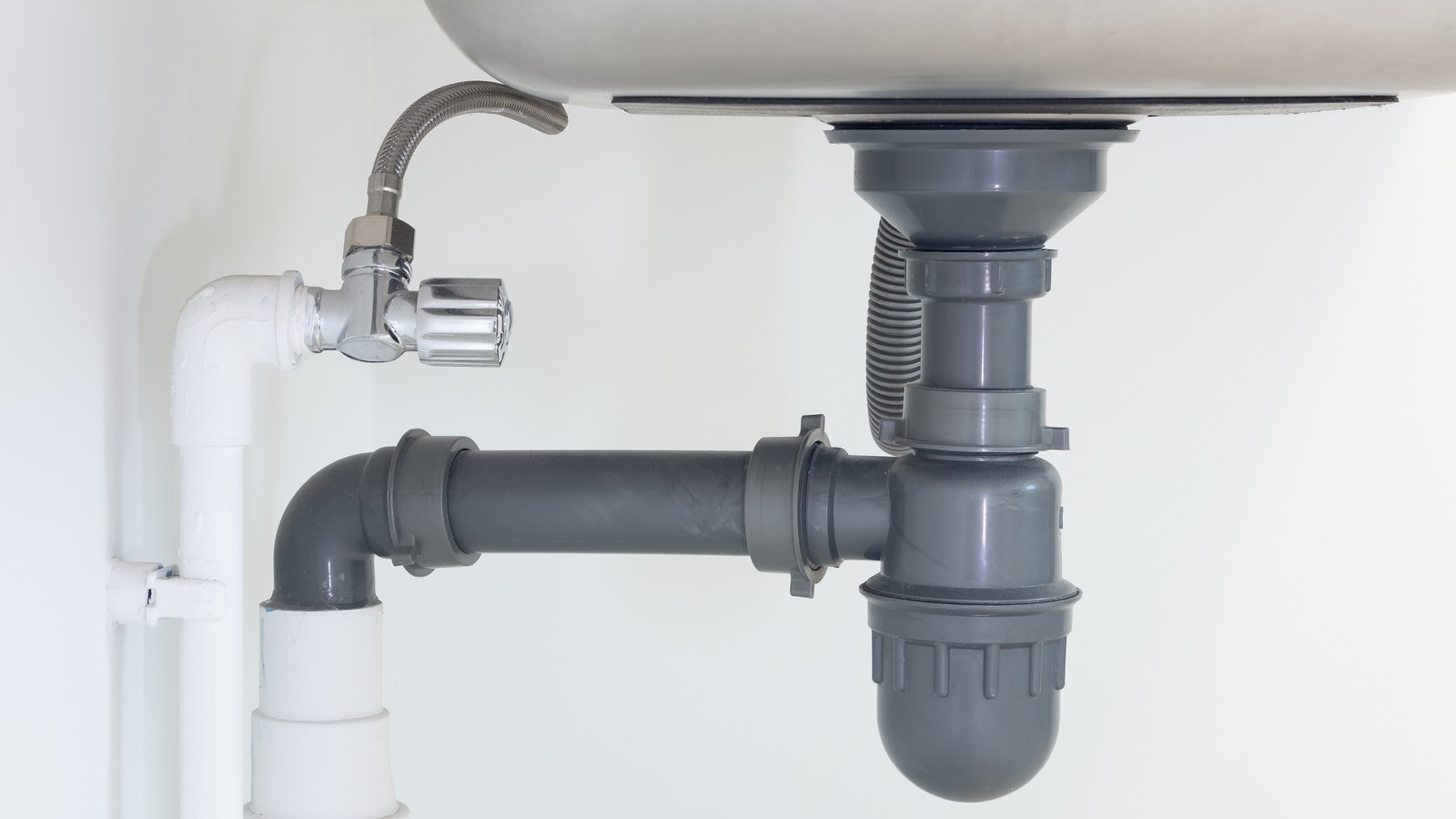
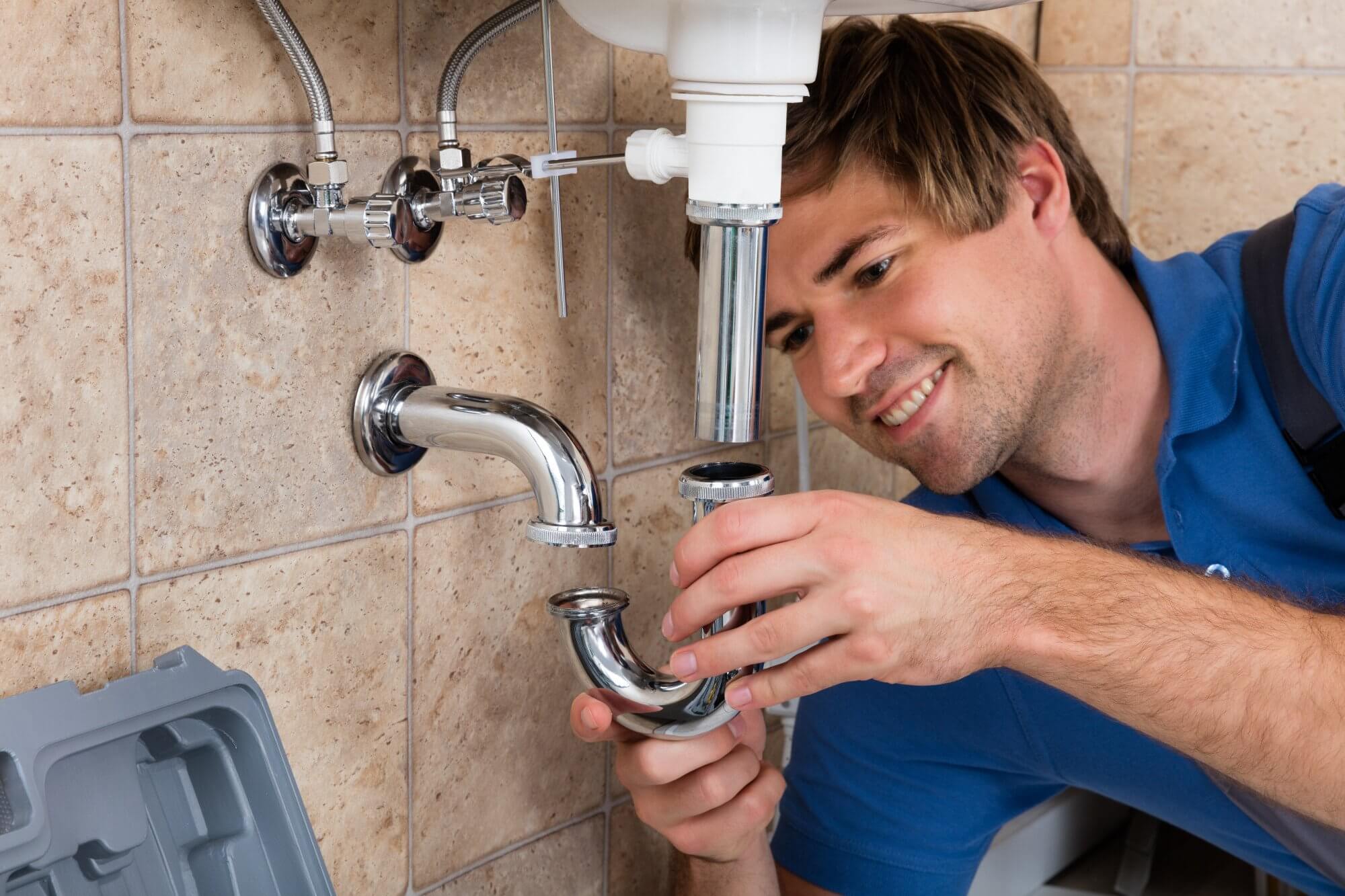
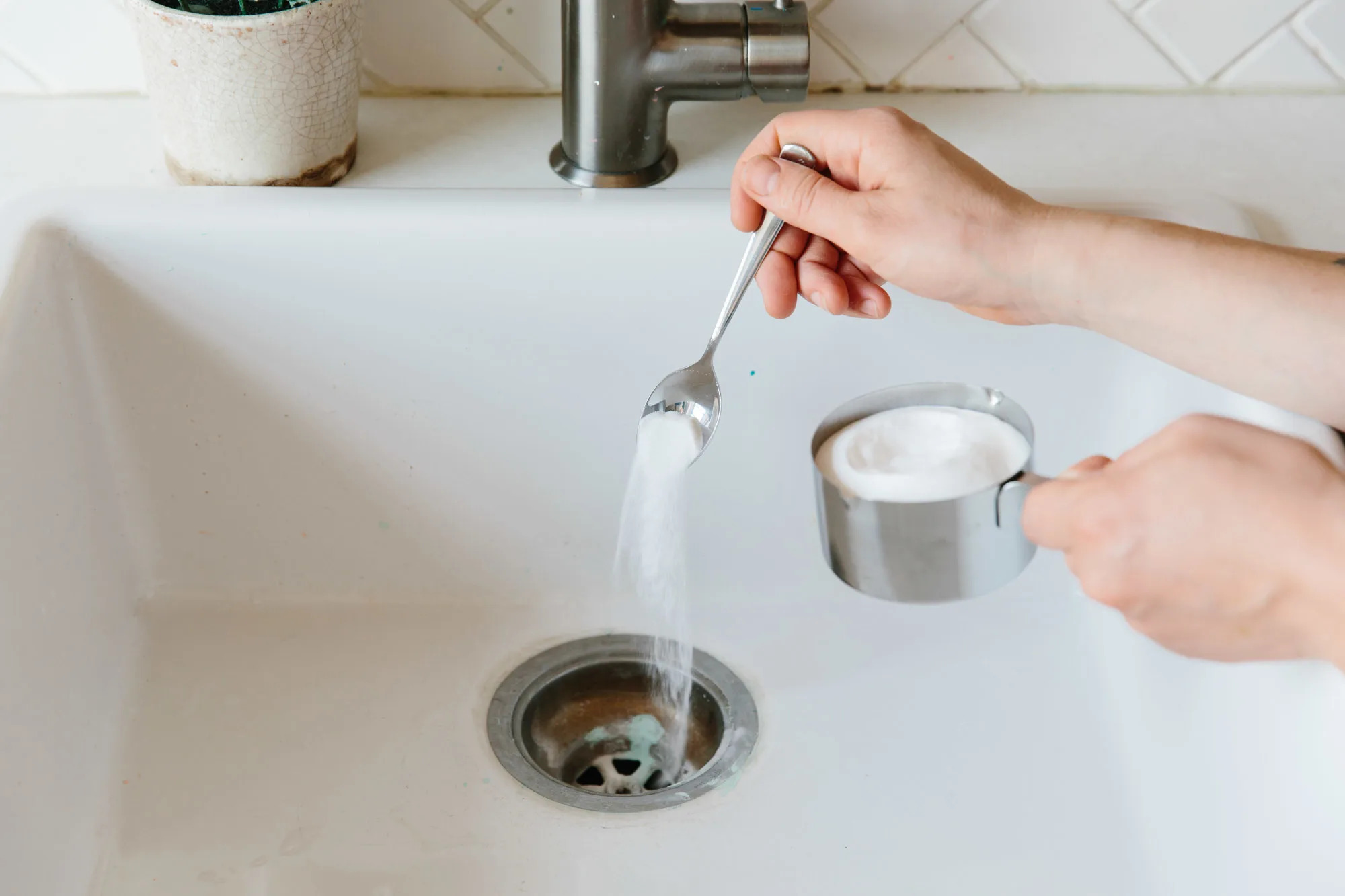
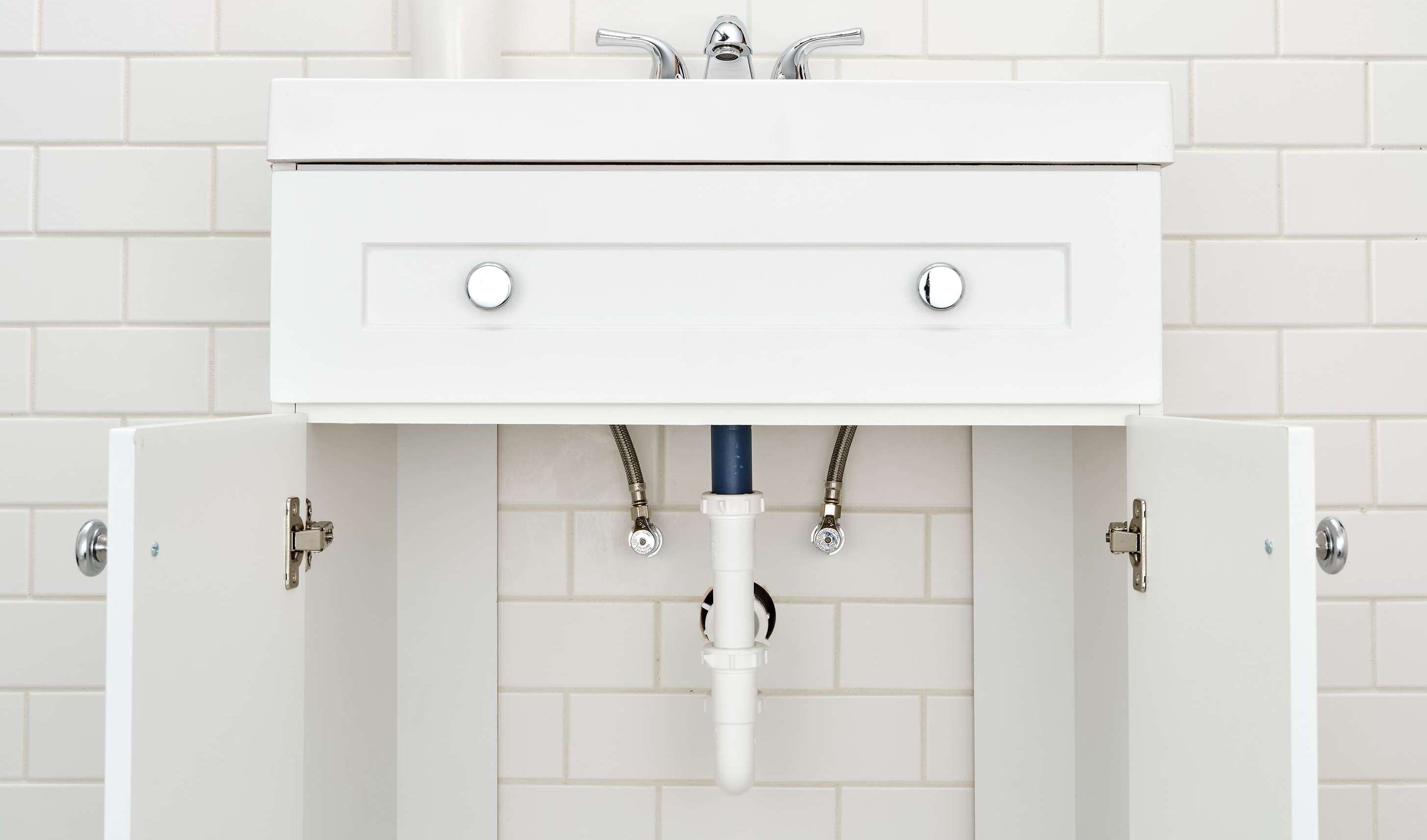
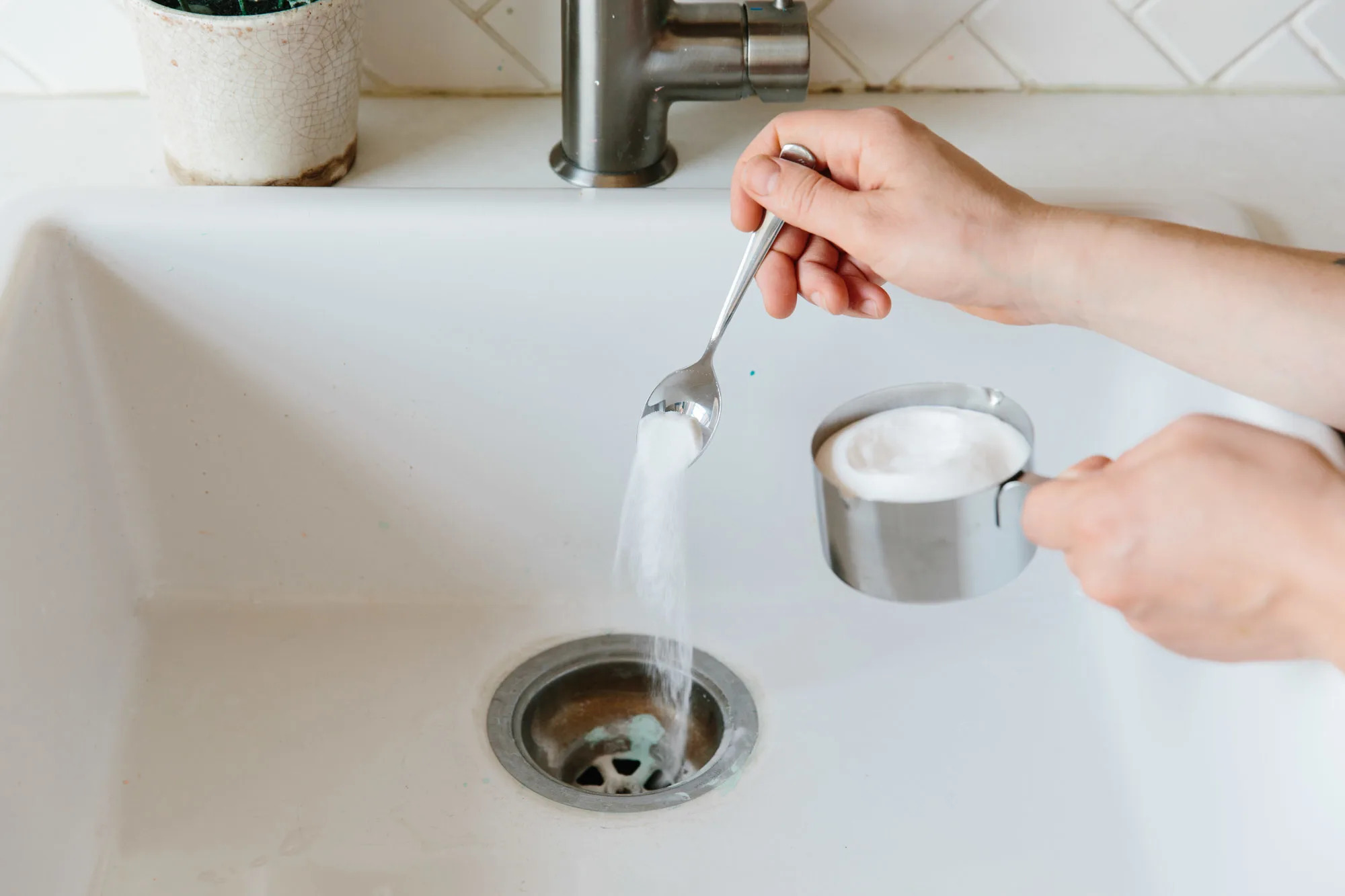
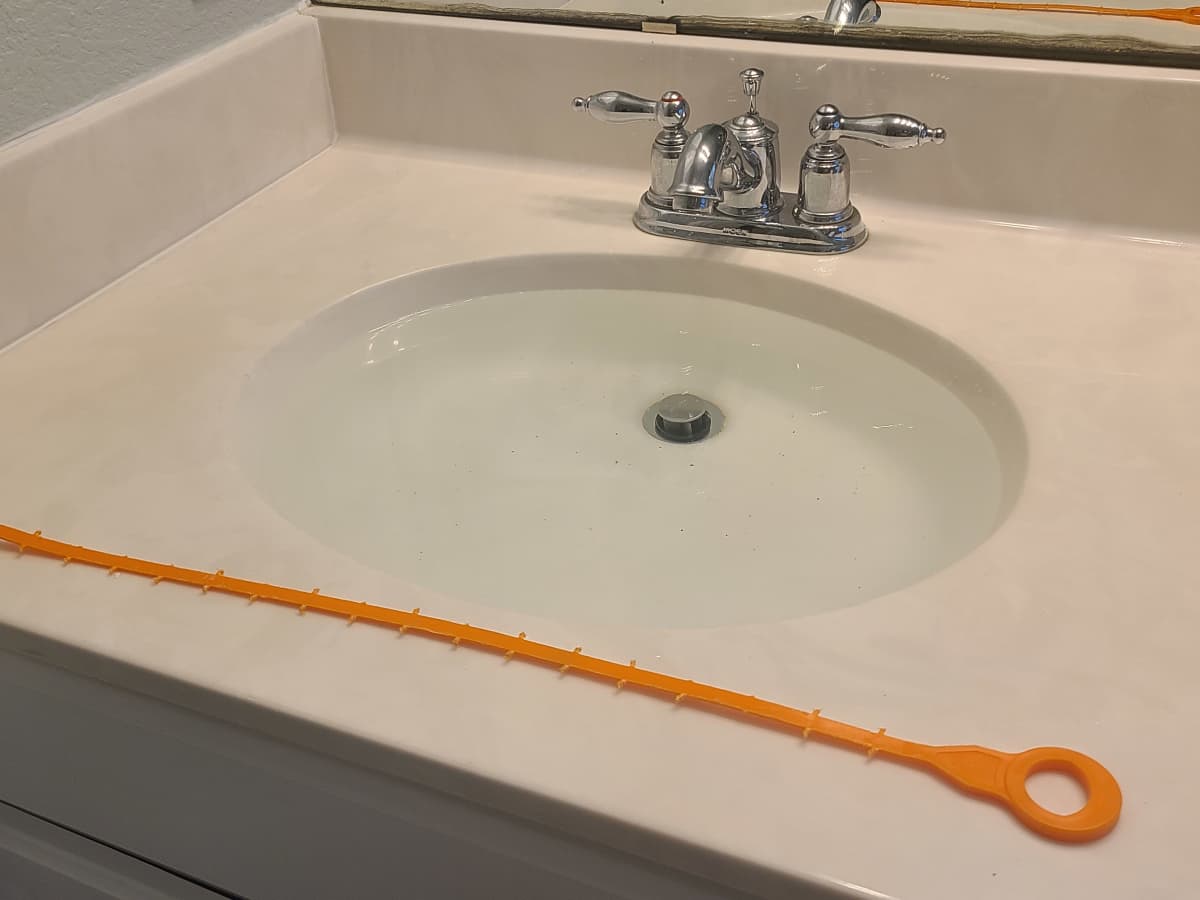
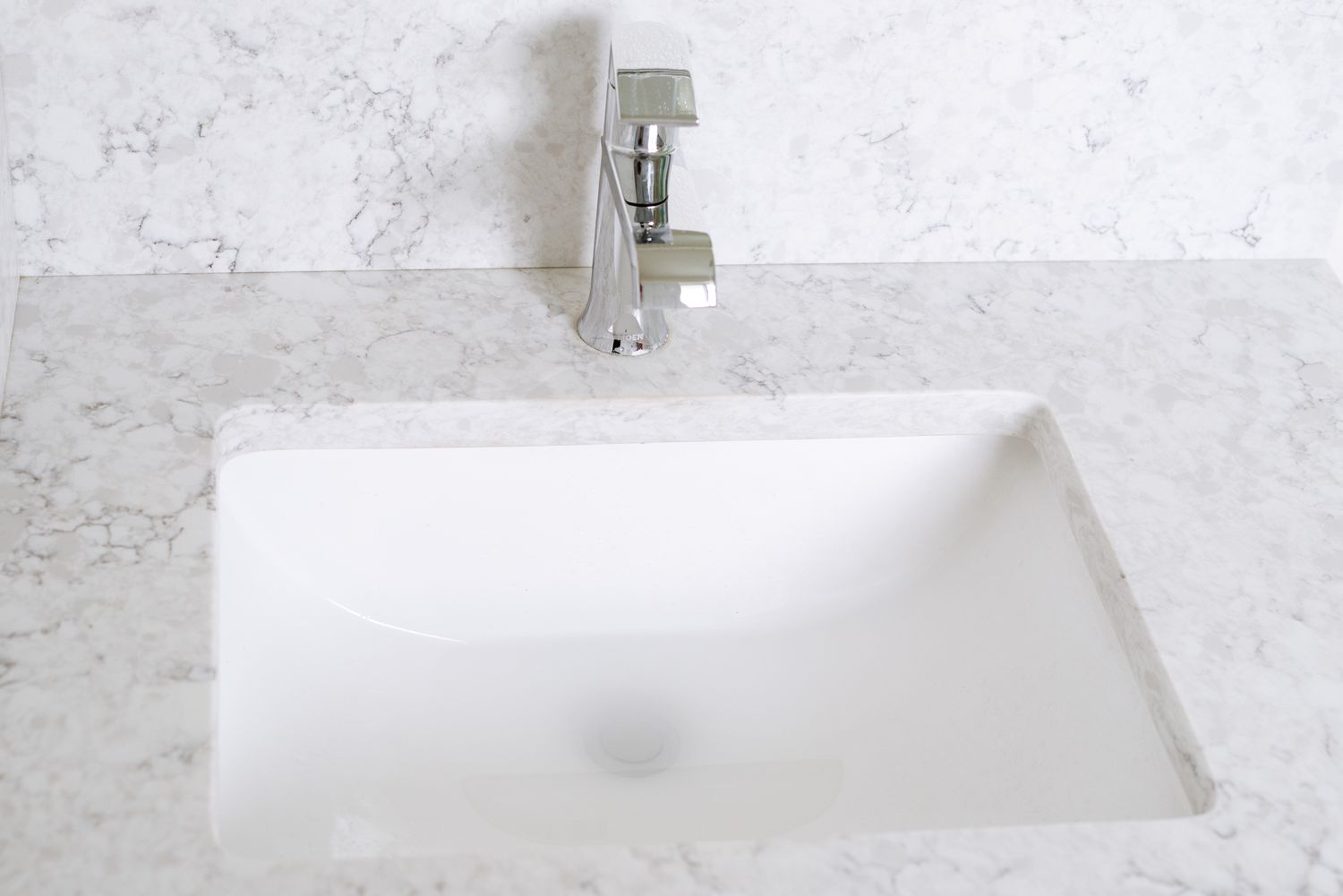

0 thoughts on “How To Drain Clogged Sink”